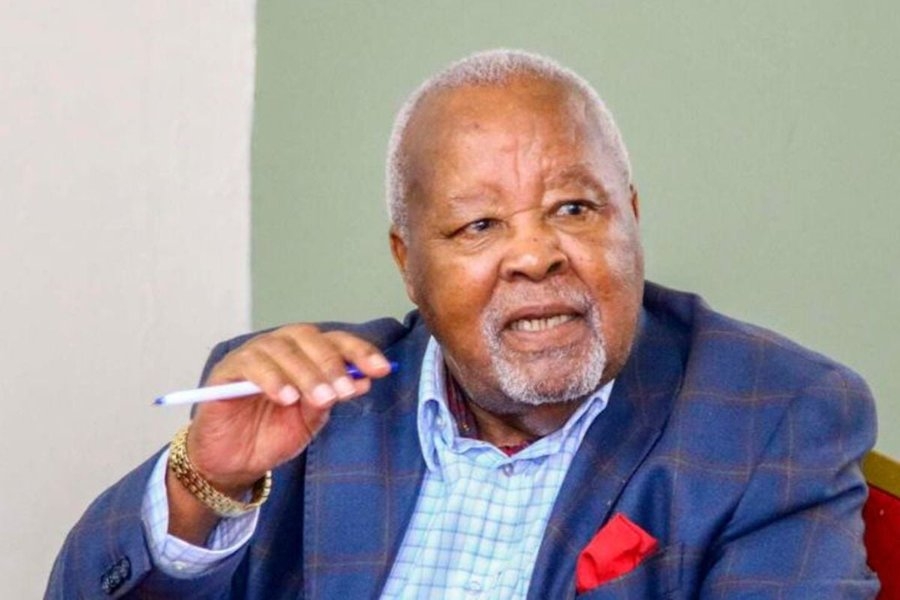Kenya’s rice production deficit is a bane to the crop’s producers, scientists and consumers.
According to the Kenya Agricultural, Livestock and Research Organisation (Kalro), the country can only produce about 11 per cent of what is consumed.
One of the measures adopted to cut down the shortfall is contracting seed multipliers. At the Bura Irrigation Scheme, John Gitau has a 10-acre rice field in Area One, Block Four. “This is seed rice,” he says, pointing at the crop. “I’m contracted by Kalro to multiply the seed.”
The seed variety is Komboka. The crop is three months old. After one more month, harvesting will set in. But before then, it will be inspected to ensure it’s disease-free and unadulterated with other varieties and impurities. Thereafter, a combine harvester will gather it.
Gitau had been enlisted earlier for a similar engagement by a farmers’ sacco in Mwea. He says, “This is the first time I’m doing it in Bura.”
Kalro Mwea centre director Dr Ruth Musila says Gitau was contracted to produce certified seed generation one. He expects to reap about 20 bags per acre. He’ll earn Sh80 per kg. Each bag weighs 100kg. He foresees his gross earnings hitting Sh1.6 million.
While in Mwea, the seed multiplier was first exposed to Komboka in 2018. He was a lead farmer. He has other farms where he produces Komboka rice for consumption.
He does rotovation in preparing his land for planting. He’s divided his parcel of land into smaller portions for better water retention. He applies Diammonium Phosphate (DAP) fertiliser and some goat manure. He ensures the soil is soft to favour transplanting. He plants the crop in rows.
After 21 days, he applies his first top dressing. This is YaraVera Amidas (combines urea with sulphur in the sulphate form) fertiliser, which is granular and completely soluble. After about 35 days, urea follows. And lastly, 10 days later, ammonium sulphate.
Spraying to control pests is important. “I spray after every 14 days,” he says. Since dry areas tend to be cold in the morning, he applies fungicide. He does manual uprooting of the weeds because he doesn’t prefer herbicides. He engages labourers on a needs basis.
Bura is hot. Sun-drying the rice takes two days. The recommended moisture content is between 13-14 per cent. The seed is then transported to the Kalro Centre in Mwea, where a store that can hold more than 100 tonnes of seed rice is.
Komboka withstands the vagaries of weather more than other varieties. It’s also disease-resistant
SEED AVAILABILITY
The seed manager at the Kalro Mwea Centre, Sammy Kagito, describes Komboka as semi-aromatic. “We follow the procedures of the seed certification process," he says. "We involve the Kenya Plant Health Inspectorate Services (Kephis), which polices the production of quality seeds.”
After Kalro identifies farmers to produce seed on its behalf, they are provided with early generation seed to produce different types of seed.
Farming is Gitau’s passion. He derives joy when he sees his seed crop growing from one stage to another and finally lands in the field of a fellow farmer. He knows that his dream of contributing to the country’s food security counts since the possibility of using substandard seeds is minimised.
The seed is available to farmers at Kalro’s Mkulima shop through the e-Citizen platform. Packaging is in 5 and 10kg in branded bags.
“Komboka withstands the vagaries of weather more than other varieties,” Gitau says. “It’s also disease-resistant.”
Gitau says one cannot successfully grow seed rice as a telephone farmer. “We are only two seed multipliers here,” he says, naming his counterpart as John Asumbi. “I urge Kalro to increase the number of seed multipliers.” These two farmers are the first seed multipliers in Bura.
He considers the cost of farm inputs, including labour, costly. Kalro sells him the seed at Sh400 per kg. This is expensive and should be lowered, he says.
He pays his casuals Sh500 per person if they work from 9am to 4pm. Rotovation for one acre gobbles up Sh8,500. “In Mwea, it is 4,000 per acre.”
In Bura, water has to be pumped into the canals and then into the fields. When there's a shortage in the supply of diesel, the water flow is affected.
Infestation by rats is a threat to crops. “I poison them almost every evening,” Gitau says. “Quelea birds are also a menace. But if you time your rice to mature between April and May, the birds would have migrated.”
The birds begin returning in June and they are sometimes so many that he has to employ about 10 more casuals to scare them away.” The fee charged by each individual is Sh400 per day.
Gitau has his eyes focused on becoming an agrovet to sell the seed that he multiplies.
Komboka gives a higher gross margin than traditional varieties. The yield for Komboka is about 6.5 to 7 tonnes per hectare. That of traditional variety is about 2.5 to 3 tonnes per hectare
DEVELOPING KOMBOKA
The food crisis in 2008 sparked the production of Komboka. This led to the formation of the Coalition for African Rice Development, whose aim was to double rice production in African countries by 2018.
Local and international research organisations shared brains to develop high-yielding rice varieties. According to the national variety list, about 26 varieties had been released, including Komboka, in 2013, which was breeded by the International Rice Research Institute (Irri) and Tanzania Agricultural Research Institute (Tari).
The Mwea Rice Growers Cooperative Society called for a stakeholders’ meeting, where a selection of one variety from three (Komboka included) that had been identified was required.
Through organoleptic testing, the Komboka variety was selected. This evaluation entailed the use of four senses: taste, smell, sight and touch. The flavour is assessed through taste, and the aroma is detected by smell. The appearance is evaluated by sight. Touch detects the texture. These senses offered insights into Komboka’s overall quality and appeal to consumers.
Kalro director general Dr Eliud Kireger officially launched the Komboka seed variety in November 2020. Production began.
Dr Musila says in 2021, about 1.5 tonnes were produced. “By the end of 2021, we had produced about 100 metric tonnes of certified generation one seed,” she said.
From 2020-23, promotions of the variety were done in conjunction with the Irri through more than 80 demonstrations and field days.
“Komboka gives a higher gross margin than traditional varieties,” Dr Musila says. “The yield for Komboka is about 6.5 to 7 tonnes per hectare. That of traditional variety is about 2.5 to 3 tonnes per hectare.”
During milling, she says, “Komboka has a high rice-recovery rate of about 60-63 per cent.” She describes the rice as soft with its aroma. She’s resolute that if commercialised, the rice could keep in check the imports that have ballooned.
RICE FARMING ACREAGE
About 3,500 acres are under Komboka cultivation in Bura while in Hola, it’s about 2,000 acres. Other varieties have been failing within the Tana River Irrigation schemes. This is attributed to salinity and the high temperatures. Komboka is considered a success story of adoption in the coastal region.
“CSR-36 is another saline-tolerant variety that is especially bred for the coastal region,” Dr Musila says. “This can give about five tonnes per hectare. We encourage farmers to adopt this variety, too.”
“We aim to increase the acreage of rice farming from the current, 44,000 hectares,” she says. “By 2027, it should be about 116,000 hectares, and the only way to do this is by using our high-yielding varieties, such as Komboka.”
Kalro recognises that most farmers do not have the know-how to enable them to reap high yields and thus have steady incomes. The organisation imparts to farmers the best agronomic practices for Komboka.
Salome Muriithi is a Komboka farmer and trader. She settled in Bura from Kirinyaga in 2019. “I came here when my economic situation was miserable,” she says. She hadn’t farmed rice before. She did it for the first time when in Bura. She’s acquired 12 farms totalling 12 acres. Her crops are at different stages of growth to avoid a nil bank account.
She scouts the scheme armed with a grain moisture metre, intent to buy the grain from fellow farmers and then sell it. She scoops a sample of the paddy (rice in husks) to the required level from a farmer’s bag on to the tray of the tester, inserts it into the gadget and cranks the knob tight.
She repeats the process four or five times with more samples and computes the average. One of the readings is 13.4. She says, “This is okay.”
The rat menace and water shortage ate into her last produce. “I harvested 15 bags from one and a half acres instead of the usual 35-40 bags,” she says.
In her compound stands an incomplete permanent house being constructed from Komboka earnings. “I’ve spent Sh950,000 so far." She hopes to complete the construction with her next earnings.
A small-scale milling plant set up in 2019 in the Bura Irrigation scheme is owned by Veronica Wanjiru. It’s busiest from October to December and March to April. “We process between seven and eight tonnes daily if the rice is well-dried,” she says.



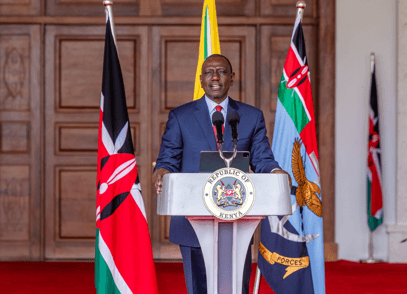



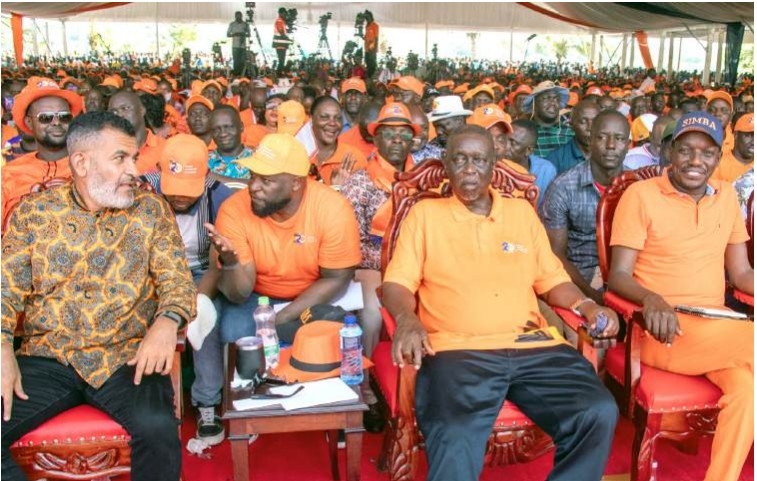
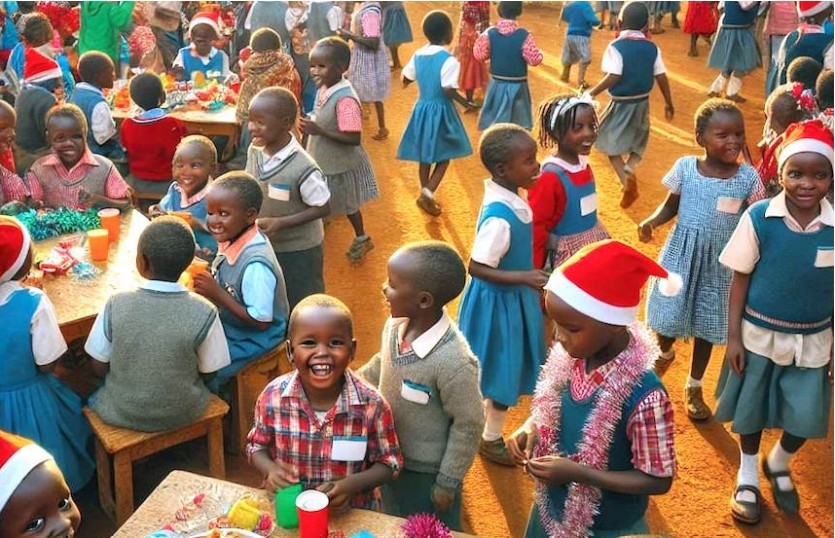
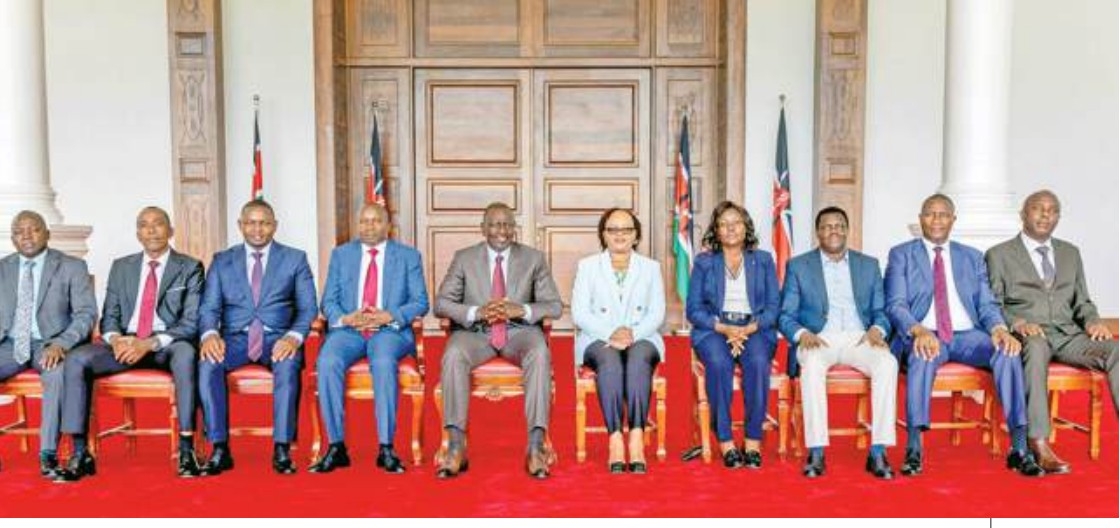

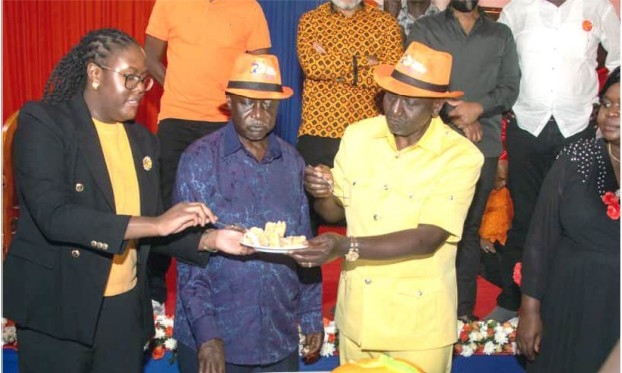

![[PHOTOS] Three dead, 15 injured in Mombasa Rd crash](/_next/image?url=https%3A%2F%2Fcdn.radioafrica.digital%2Fimage%2F2025%2F11%2Fa5ff4cf9-c4a2-4fd2-b64c-6cabbbf63010.jpeg&w=3840&q=100)
